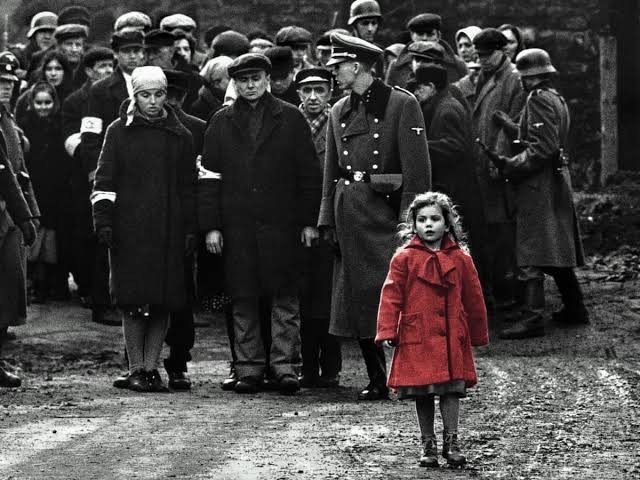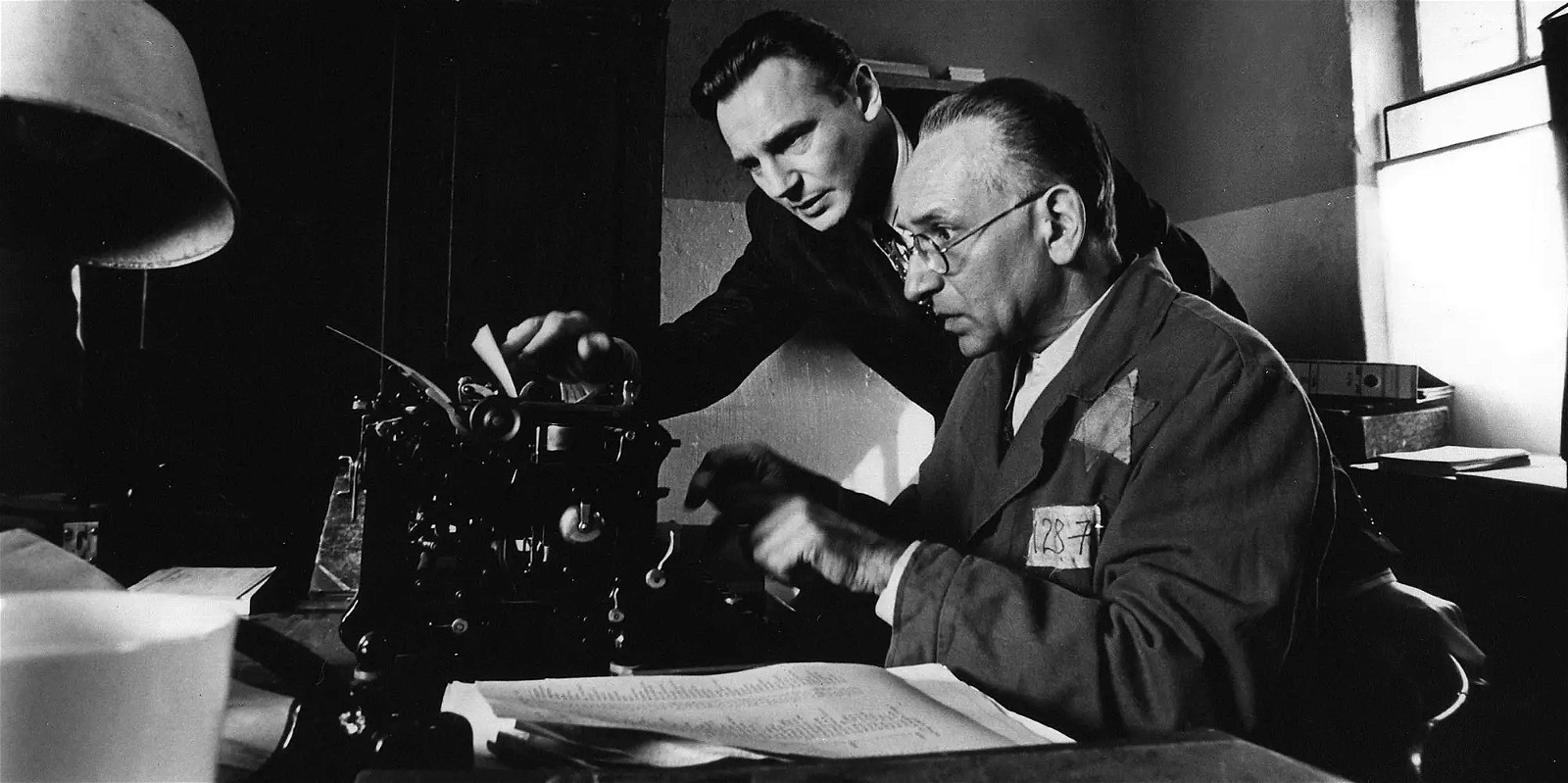Schindler’s List, directed by Steven Spielberg, stands as a pivotal cinematic masterpiece, marking a profound evolution in the acclaimed filmmaker’s journey. Having built his reputation with crowd-pleasing hits like Jaws and E.T. the Extra-Terrestrial, Spielberg embarked on a personal and profound shift in his career with this landmark film. This transformative project was his way of challenging skeptics and peers while venturing into a more introspective and weighty chapter of his cinematic endeavors.

In 1982, Sid Sheinberg, former president of Universal, presented Steven Spielberg with a copy of the poignant historical novel Schindler’s Ark, asserting that it was the story destined for Spielberg to bring to life. Sheinberg’s insistence persisted, urging Spielberg to consider adapting the novel. It wasn’t until a decade later that Spielberg decided it was the opportune moment to explore this narrative.
Steven Spielberg Treated The Film As His Directorial Debut
The year 1991 marked significant personal milestones for Steven Spielberg, including his marriage to Kate Capshaw in a traditional Jewish ceremony. This event reignited his connection to Judaism and heightened his pride in his Jewish heritage, inspiring him to embrace the story of Schindler’s List.
In 1993, principal photography for Schindler’s List commenced. As Spielberg embarked on location scouting in authentic Polish towns, he realized that the film’s tone would need to diverge significantly from his previous works. Spielberg took a deeply personal approach, challenging himself to discard all preconceived notions of filmmaking. He embraced a mindset of starting afresh, treating Schindler’s List as if it were his directorial debut, unburdened by the creative boundaries of his past projects.

The HBO documentary Spielberg, released in 2017, offered valuable insights into the filmmaker’s perspective:
“I realized at that point when I went to Poland for the first time, I had been playing with fire… I knew this couldn’t be just another movie, and it couldn’t be like anything I’ve ever directed before. I had to approach the material and I had to approach the location with a great deal of reverence. I had to make this a very quiet production. We were shooting on hallowed, sacred ground. Everywhere we shot in Kraków felt like we were shooting in a cemetery. It changed my entire approach to cinema.”
Within Daniel Eagan’s America’s Film Legacy, the renowned cinematographer Janusz Kaminski delved further into the visual aspects of the film.
Steven Spielberg Chose Handheld Cameras For Shooting
The majority of Schindler’s List was intentionally captured using handheld cameras, aiming to provide a tactile experience for the audience. This approach effectively placed viewers in the same space as the characters, enabling them to directly witness the atrocities of the Holocaust. This aspiration for immersion also guided the decision to shoot the film in black and white.

For the AFI Movie Club discussion, Kaminski highlighted the significant risk that accompanied Spielberg’s decision to film Schindler’s List in black and white. This choice had the potential to give the impression that the film leaned towards art-house aesthetics, possibly alienating mainstream audiences.
However, the black-and-white approach allowed Spielberg and Kaminski to meticulously craft the lighting of the film. This was particularly evident in enhancing the depth of Liam Neeson’s portrayal of Oskar Schindler and the multifaceted dimensions of morality he embodied. As Schindler’s emotions evolved, the play of shadows on his face would adapt accordingly.
Schindler’s List is available for rent or purchase on Google Play.
Source: EW

